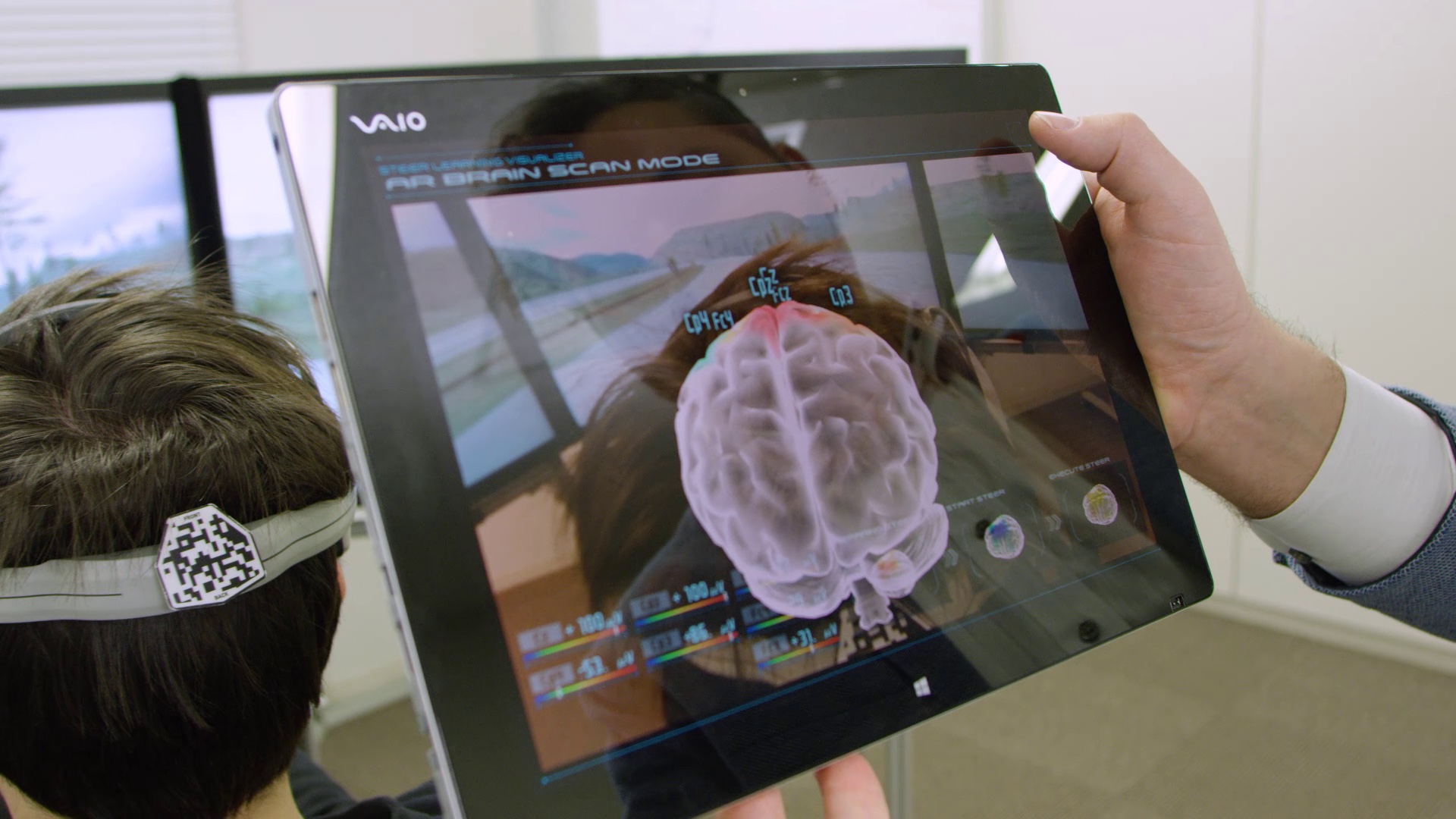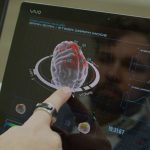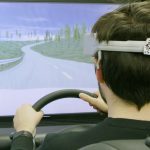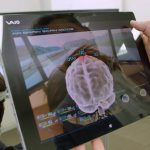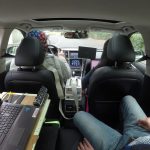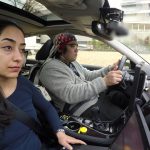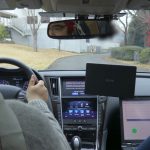Brain-to-Vehicle technology could be available within five to ten years
Cars which speed up drivers’ reaction times and anticipate acceleration, steering and braking by reading brainwaves could be available within five to ten years.
The breakthrough was pioneered by Japanese motoring giant Nissan who unveiled their Brain-to-Vehicle technology this morning at the CES 2018 trade show in Las Vegas, U.S.
B2V will enable vehicles to interpret signals from the driver’s brain, redefining how drivers interact with their cars.
As well as making road travel safer, the cars will keep adapting to make driving more enjoyable.
B2V is the latest development in Nissan Intelligent Mobility, the company’s vision for transforming how cars are driven, powered and integrated into society.
Nissan Executive Vice President Daniele Schillaci said: ”When most people think about autonomous driving, they have a very impersonal vision of the future, where humans relinquish control to the machines.
”Yet B2V technology does the opposite, by using signals from their own brain to make the drive even more exciting and enjoyable.
“Through Nissan Intelligent Mobility, we are moving people to a better world by delivering more autonomy, more electrification and more connectivity.”
The development is the result of Nissan’s research into the use of brain decoding technology which can predict a driver’s actions and detect discomfort.
By catching signs that the driver’s brain is about to initiate a movement – such as turning the steering wheel or pushing the accelerator pedal – driver assist technology begins the action more quickly.
This can improve reaction times and enhance manual driving.
By detecting and evaluating driver discomfort, artificial intelligence can change the driving configuration or driving style when in autonomous mode.
Dr. Lucian Gheorghe, senior innovation researcher at the Nissan Research Center in Japan, who’s leading the B2V research, said: ”Other possible uses include adjusting the vehicle’s internal environment.
”For example, the technology can use augmented reality to adjust what the driver sees and create a more relaxing environment.
“The potential applications of the technology are incredible.
“This research will be a catalyst for more Nissan innovation inside our vehicles in the years to come.”
During trials the driver wears a device that measures brain wave activity, which is then analysed by autonomous systems.
By anticipating intended movement, the systems can take actions – such as turning the steering wheel or slowing the car – 0.2 to 0.5 seconds faster than the driver, while remaining largely imperceptible.
Nissan’s goal is to offer the optimum level of driving assistance in manual driving mode so that a driver can be in complete control of his or her car.
And, by measuring brainwaves in real time, we can also customiSe the vehicle’s autonomous driving system to best match the driver’s driving style
They hope to implement the technology into their vehicles in between five to 10 years.

